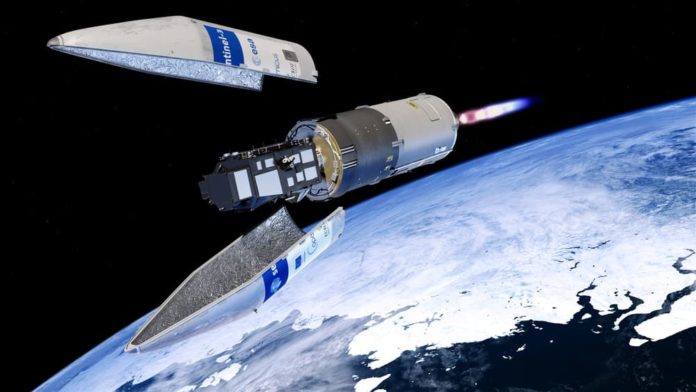In 2023, the world witnessed remarkable advancements in space exploration and technology through several significant satellite launches. These missions not only expanded our understanding of space but also showcased cutting-edge technology and international collaboration. This article explores the top 10 satellite launches in 2023, highlighting their missions, impacts, and the technological innovations they brought forth.
Satellite launches in 2023 marked a year of significant progress in space exploration and technology. From enhancing global communications to deepening our understanding of the universe, these missions have had a profound impact. This article delves into the top 10 satellite launches of the year, examining their objectives, achievements, and contributions to various fields.
Revolutionary Satellite Technology in 2023
The year 2023 was a landmark for satellite technology, showcasing innovations that pushed the boundaries of what was previously thought possible. Satellites launched this year featured advanced propulsion systems, AI-driven data processing, and unprecedented imaging capabilities. These technological advancements have set new standards for future missions.
1. Starlink: Expanding Global Internet Access
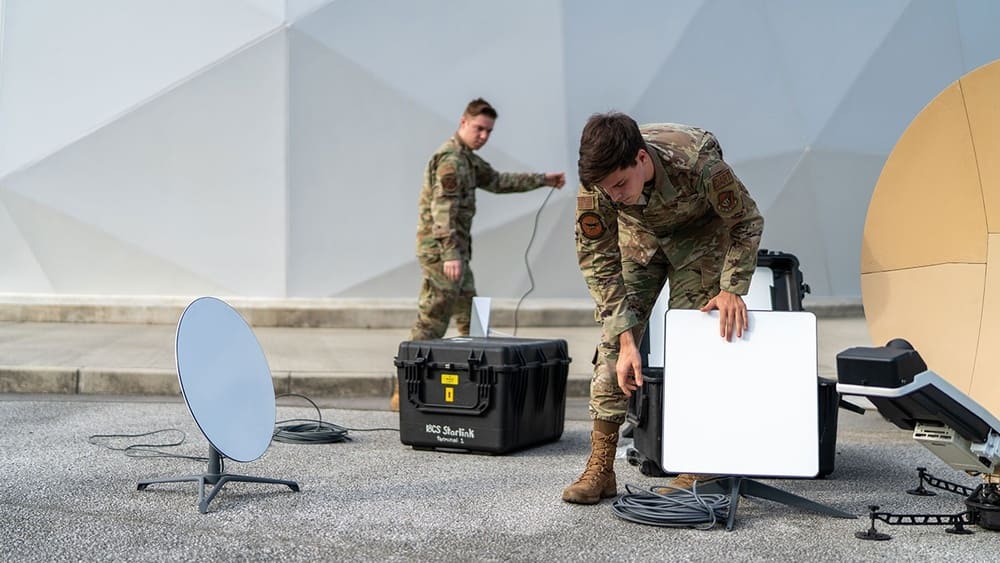
Mission Overview. The Starlink satellite network, a project by SpaceX, continued its mission to provide global high-speed internet coverage. With several successful launches in 2023, the constellation grew significantly, bringing reliable internet to remote and underserved regions worldwide.
Technological Innovations. Starlink’s 2023 launches featured satellites equipped with enhanced phased array antennas and inter-satellite laser links, improving overall network performance and reducing latency. This technology ensures seamless internet access even in the most challenging environments.
Impact and Future Prospects. The expansion of the Starlink network has had a profound impact on global communications, bridging the digital divide and enabling connectivity in areas previously lacking infrastructure. Looking ahead, SpaceX aims to further enhance network capabilities and expand its user base.
2. James Webb Space Telescope (JWST) Deployment
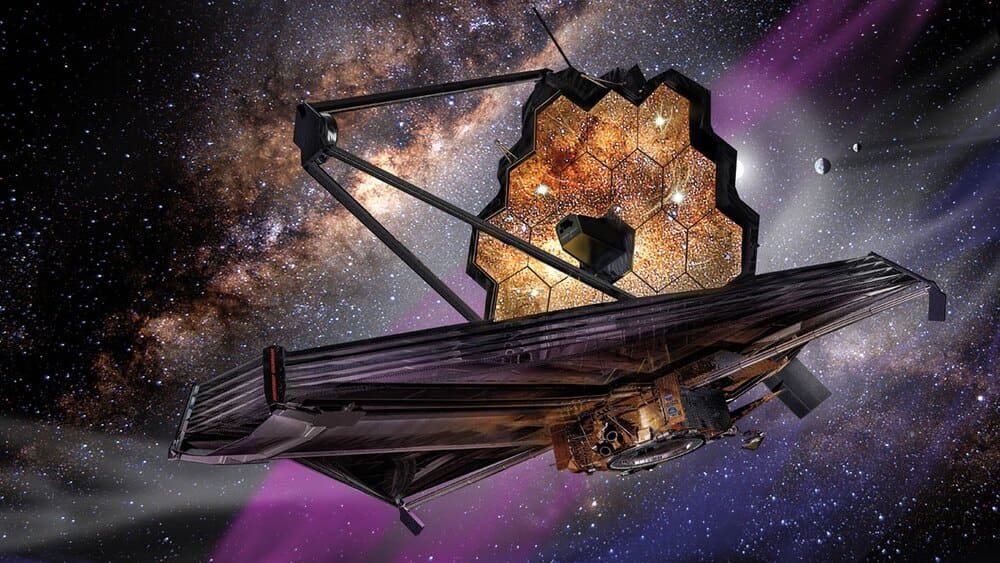
Mission Overview. The James Webb Space Telescope (JWST), launched by NASA, the European Space Agency (ESA), and the Canadian Space Agency (CSA), embarked on its mission to explore the universe’s origins and study distant celestial objects in unprecedented detail.
Technological Innovations. JWST’s launch featured the most advanced infrared instruments ever placed in space, along with a segmented mirror design that provides unparalleled resolution and sensitivity. These innovations enable the telescope to capture detailed images and spectra of distant galaxies, stars, and planets.
Impact and Future Prospects. JWST’s observations are expected to revolutionize our understanding of the universe, shedding light on the formation of stars, galaxies, and planetary systems. Its discoveries will likely shape astronomical research for decades to come.
3. OneWeb: Bridging the Connectivity Gap
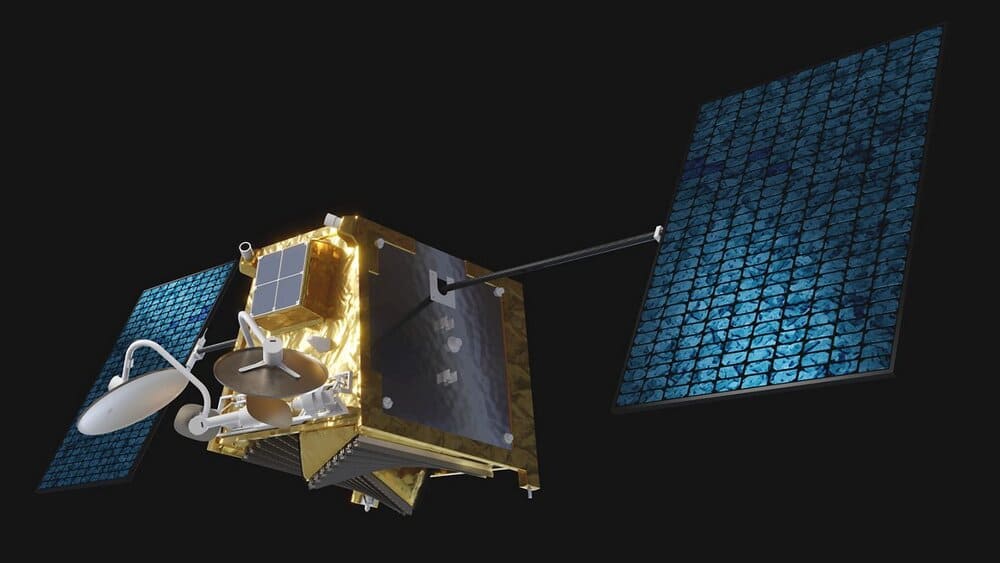
Mission Overview. OneWeb’s mission to create a global broadband network saw significant progress in 2023, with multiple satellite launches aimed at providing high-speed internet access to remote and underserved regions.
Technological Innovations. OneWeb’s latest satellites feature advanced beamforming technologies and efficient power management systems, enhancing network capacity and reliability. These innovations ensure robust connectivity even in challenging geographical areas.
Impact and Future Prospects. By expanding its satellite constellation, OneWeb is making strides toward its goal of global connectivity, empowering communities with access to education, healthcare, and economic opportunities. The company plans to continue its satellite deployments to achieve full global coverage.
4. Sentinel-6 Michael Freilich: Monitoring Sea Levels
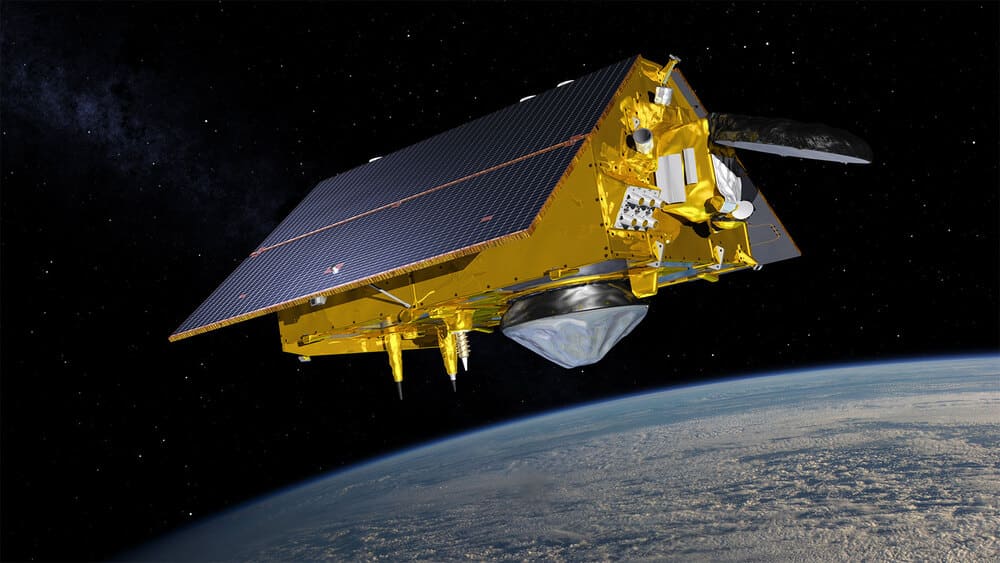
Mission Overview. The Sentinel-6 Michael Freilich satellite, part of a collaborative effort between NASA, ESA, and other partners, was launched to monitor global sea levels and contribute to climate research.
Technological Innovations. Equipped with state-of-the-art altimeters and radar systems, Sentinel-6 Michael Freilich provides precise measurements of sea surface height, wave height, and wind speed. This data is crucial for understanding climate change and its impact on global sea levels.
Impact and Future Prospects. The satellite’s continuous data collection supports climate monitoring and forecasting, aiding in the development of mitigation and adaptation strategies. Future missions will build on its legacy, enhancing our ability to track and respond to environmental changes.
5. Landsat 9: Enhancing Earth Observation
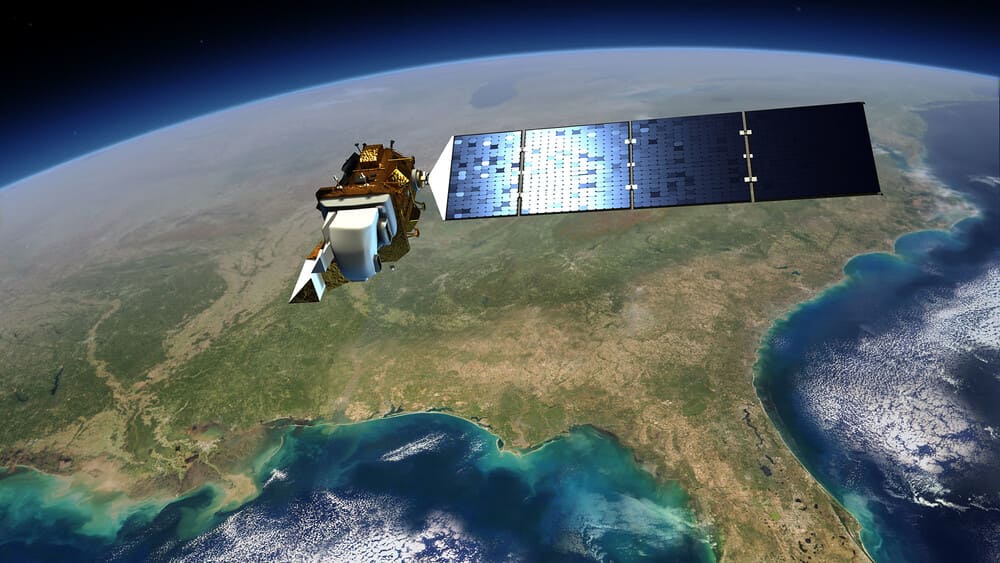
Mission Overview. Landsat 9, a joint mission by NASA and the US Geological Survey (USGS), continued the legacy of the Landsat program by providing high-resolution imagery for Earth observation and environmental monitoring.
Technological Innovations. Landsat 9’s instruments include an Operational Land Imager (OLI) and a Thermal Infrared Sensor (TIRS), offering improved spectral resolution and accuracy. These advancements enable detailed monitoring of land use, vegetation, and water resources.
Impact and Future Prospects. The data from Landsat 9 supports a wide range of applications, including agriculture, forestry, and urban planning. The mission’s continuity ensures the availability of valuable Earth observation data for scientific research and resource management.
6. Tianhe Module: Building the Chinese Space Station
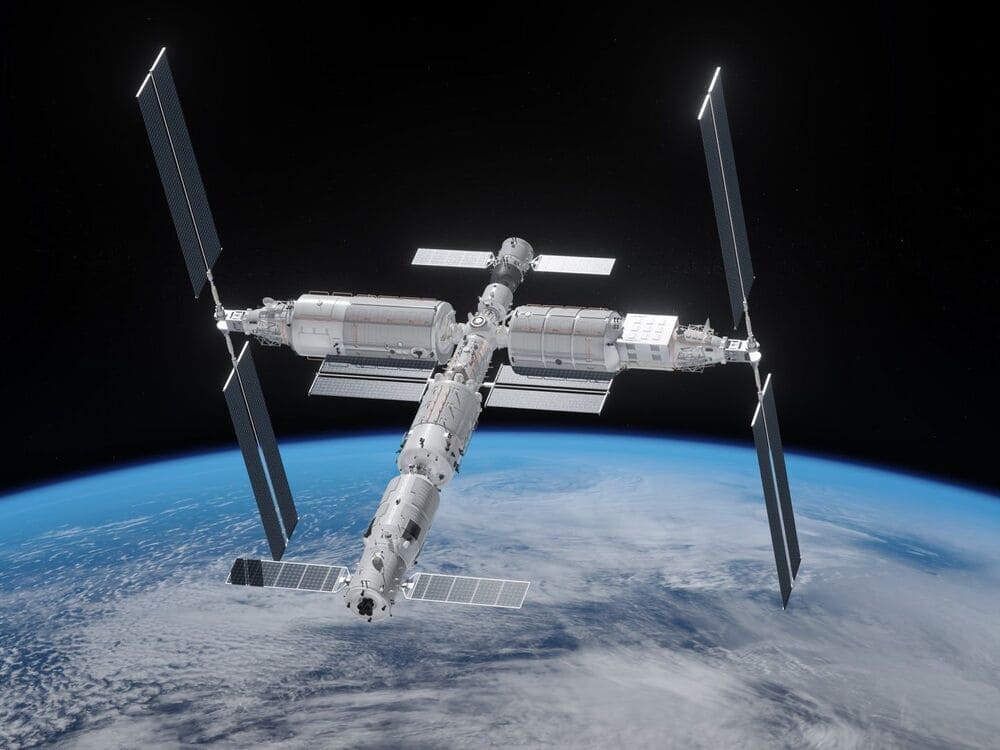
Mission Overview. The launch of the Tianhe core module marked a significant milestone in China’s ambitious plan to build its own space station, the Tiangong. This mission is part of a broader effort to establish a long-term human presence in space.
Technological Innovations. Tianhe features advanced life support systems, robotic arms for assembly tasks, and docking ports for future modules and spacecraft. These innovations are critical for maintaining a sustainable and habitable environment for astronauts.
Impact and Future Prospects. The successful launch of Tianhe paves the way for subsequent missions to complete the space station by 2023. This achievement enhances China’s capabilities in space exploration and international collaboration, contributing to the global space community.
7. GOES-T: Advancing Weather Forecasting
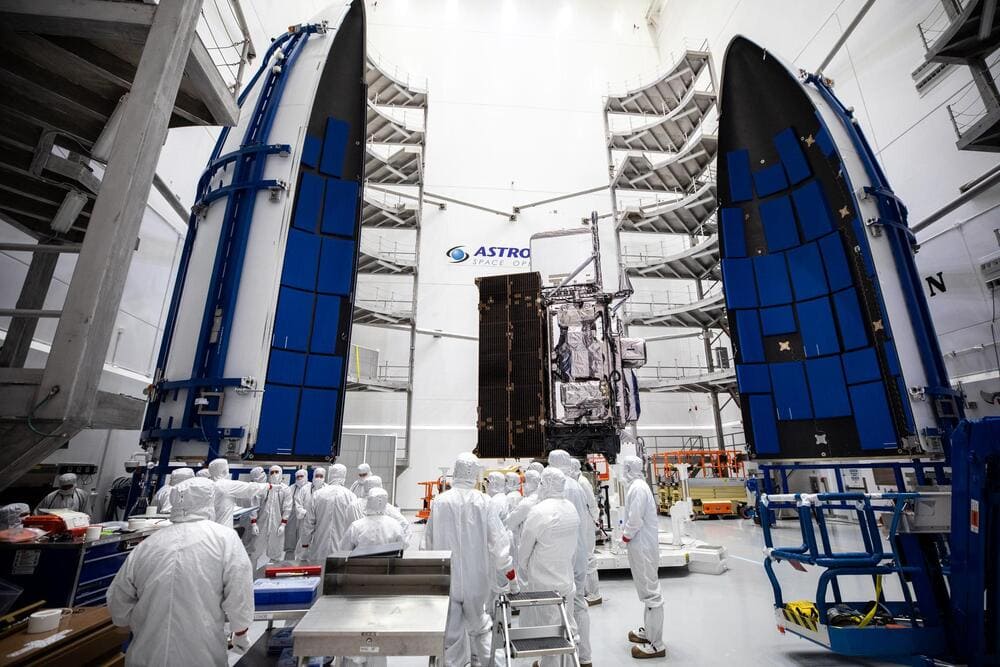
Mission Overview. The Geostationary Operational Environmental Satellite-T (GOES-T), launched by NASA and NOAA, aims to improve weather forecasting and environmental monitoring in the Western Hemisphere.
Technological Innovations. GOES-T is equipped with advanced instruments such as the Advanced Baseline Imager (ABI) and the Geostationary Lightning Mapper (GLM), providing high-resolution imagery and lightning data. These tools enhance the accuracy and timeliness of weather predictions.
Impact and Future Prospects. The satellite’s data supports meteorologists in forecasting severe weather events, improving public safety and disaster preparedness. GOES-T’s contributions are vital for understanding atmospheric conditions and mitigating the impact of natural disasters.
8. Galileo Satellites: Enhancing Global Navigation
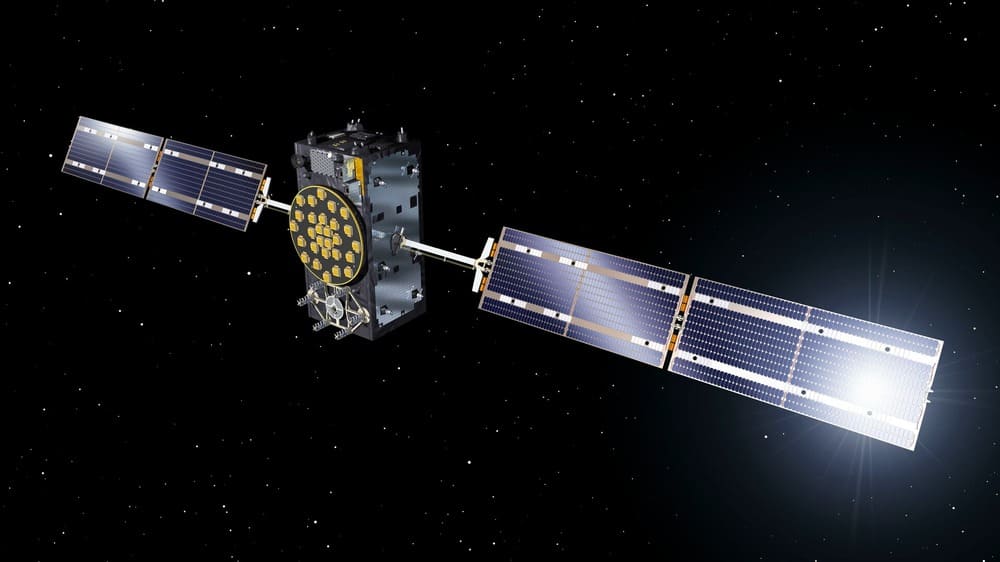
Mission Overview. The European Space Agency (ESA) continued to expand the Galileo satellite navigation system with several launches in 2023, enhancing global positioning and timing services.
Technological Innovations. The latest Galileo satellites feature improved atomic clocks and advanced signal generation technologies, providing greater accuracy and reliability for navigation and timing applications.
Impact and Future Prospects. Galileo’s expansion enhances global navigation capabilities, benefiting industries such as transportation, agriculture, and emergency response. The system’s interoperability with other GNSS networks ensures comprehensive coverage and improved user experience.
Astra Rocket 4.0: Revolutionizing Space Access
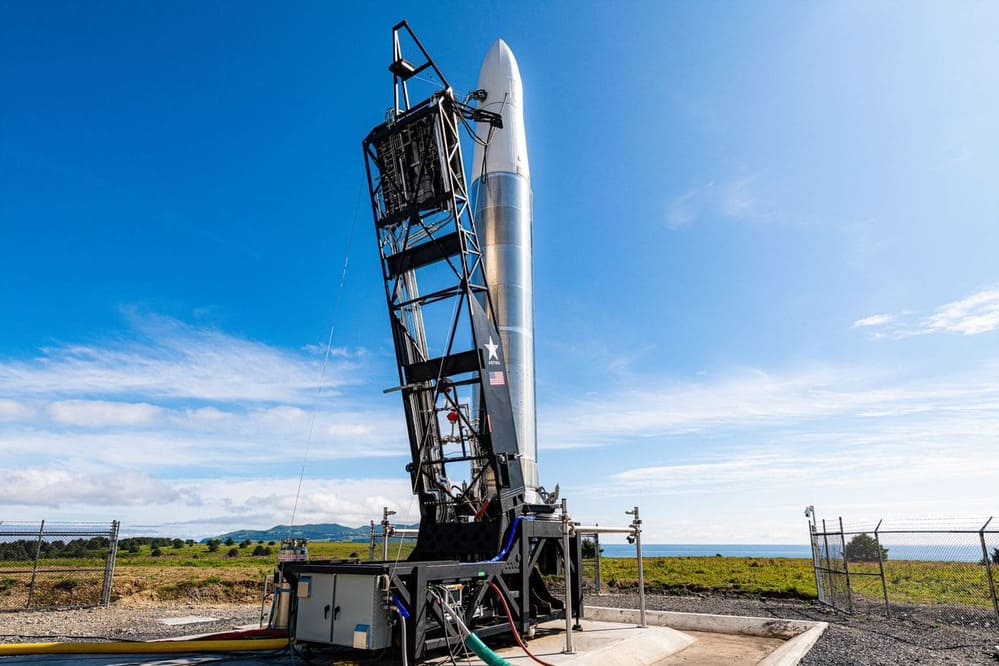
Mission Overview. Astra’s Rocket 4.0, launched in 2023, aimed to provide cost-effective and rapid access to space for small satellite missions. This mission highlights the growing trend of commercial space ventures.
Technological Innovations. Rocket 4.0 features a simplified design and streamlined manufacturing process, reducing costs and turnaround times. Its modular payload capability allows for flexible mission configurations, catering to a diverse range of customers.
Impact and Future Prospects. Astra’s innovative approach democratizes space access, enabling more organizations to deploy satellites for scientific research, communications, and Earth observation. The company’s vision includes frequent and affordable launches, fostering a vibrant space economy.
10. Artemis I: Paving the Way for Lunar Exploration
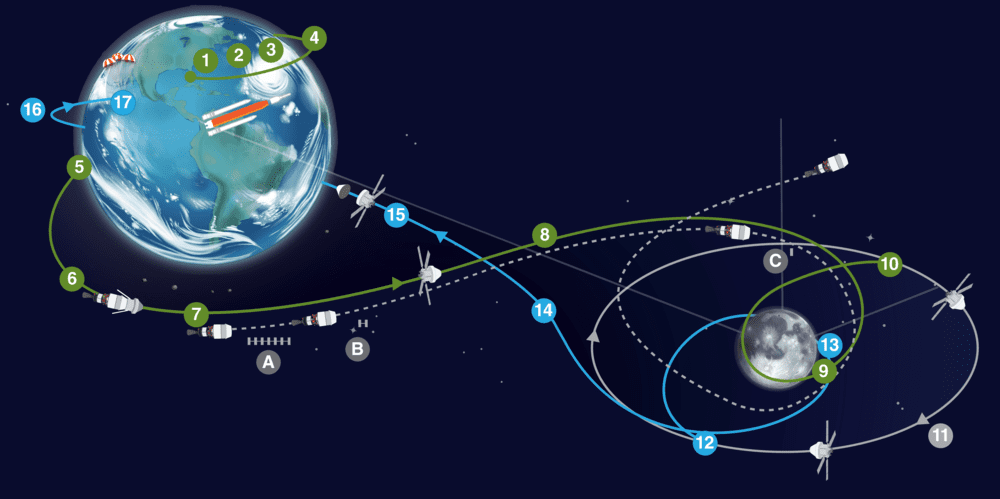
Mission Overview. Artemis I, an uncrewed mission by NASA, marked the first in a series of missions aimed at returning humans to the Moon and establishing a sustainable presence. This mission tested the Space Launch System (SLS) and the Orion spacecraft.
Technological Innovations. The Artemis I mission featured the most powerful rocket ever built, the SLS, and the Orion spacecraft equipped with advanced life support and navigation systems. These technologies are crucial for future crewed missions to the Moon and beyond.
Impact and Future Prospects. Artemis I’s success paves the way for future lunar missions, including Artemis II, which will carry astronauts around the Moon. This program represents a significant step toward sustainable lunar exploration and the eventual goal of sending humans to Mars.



